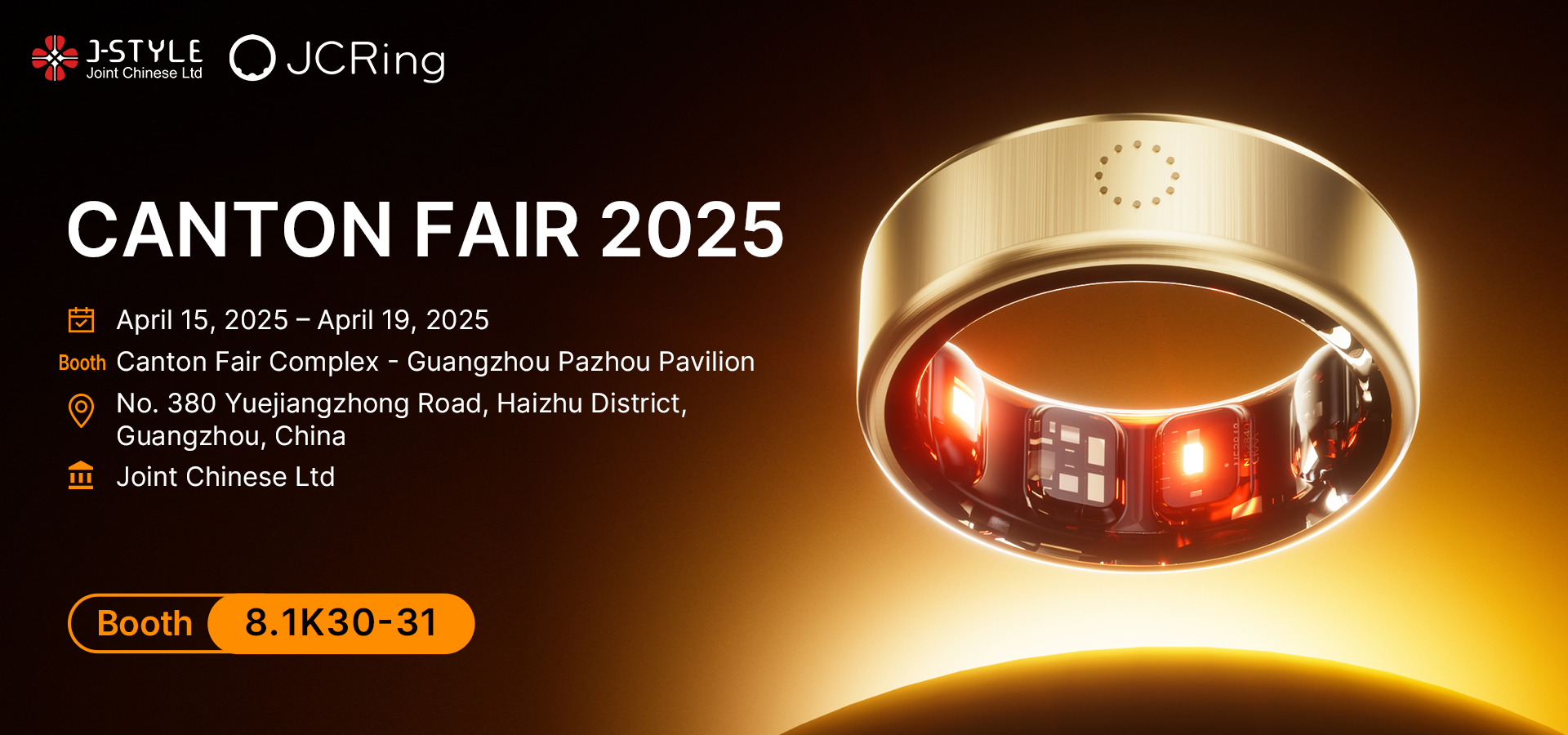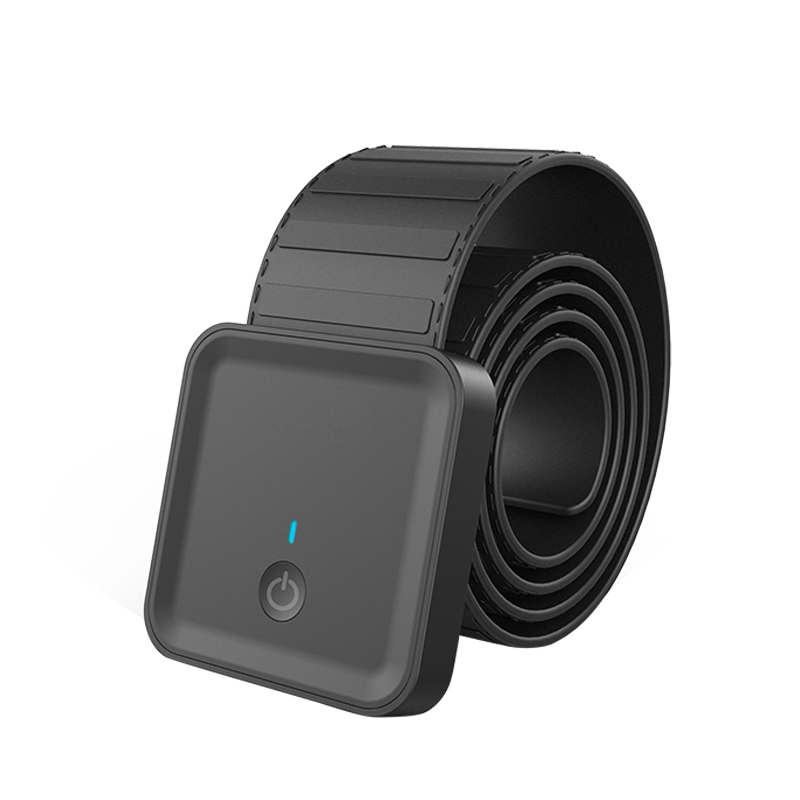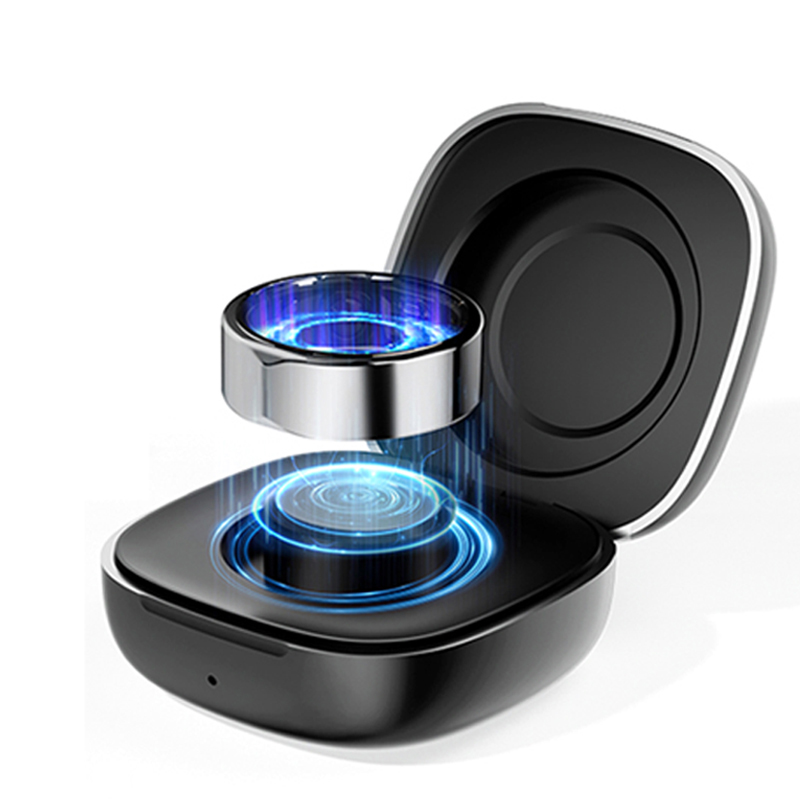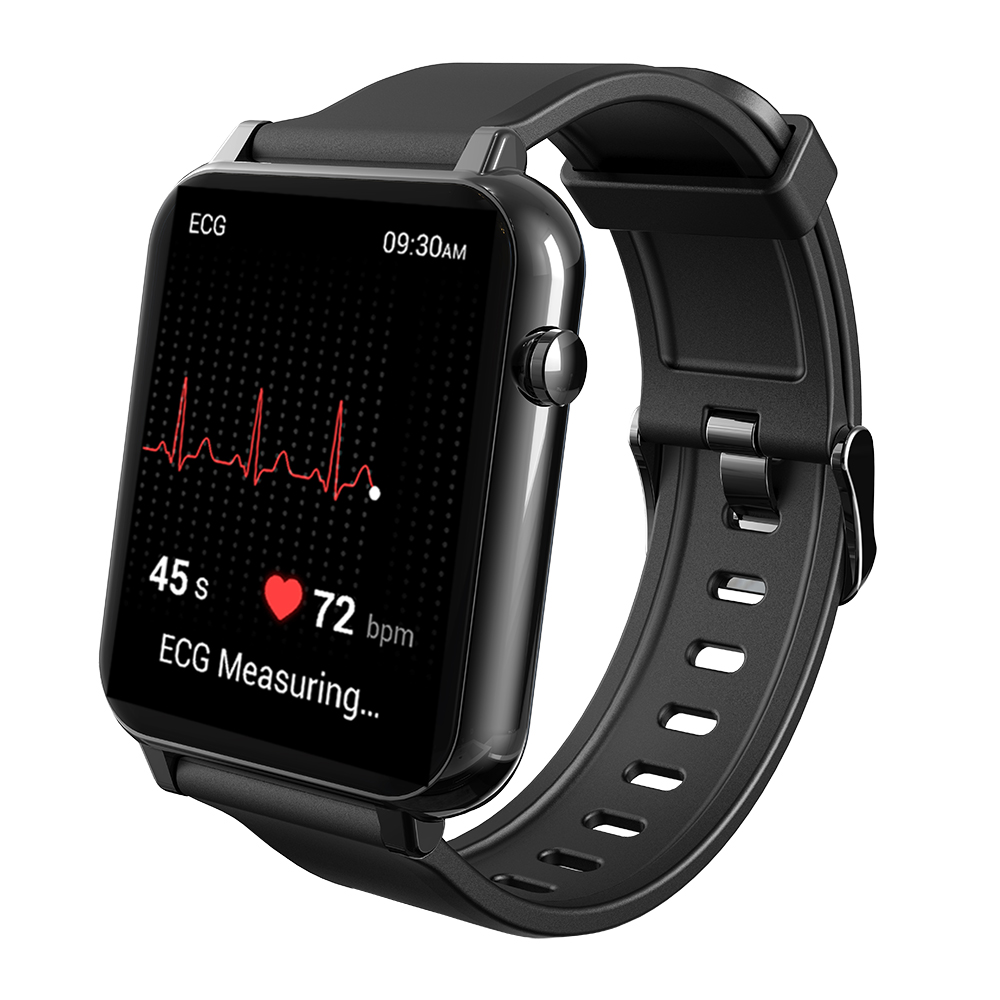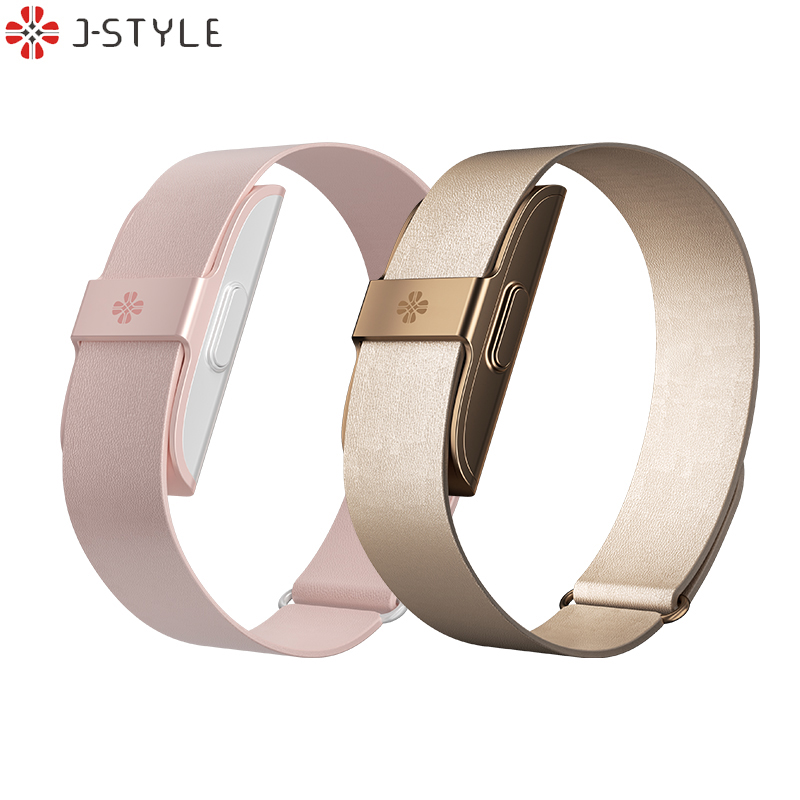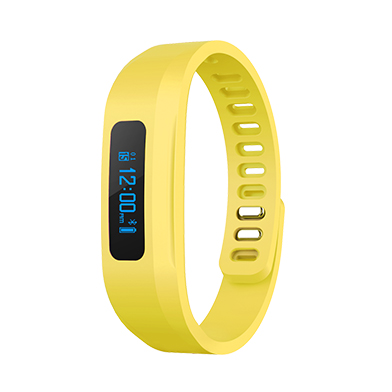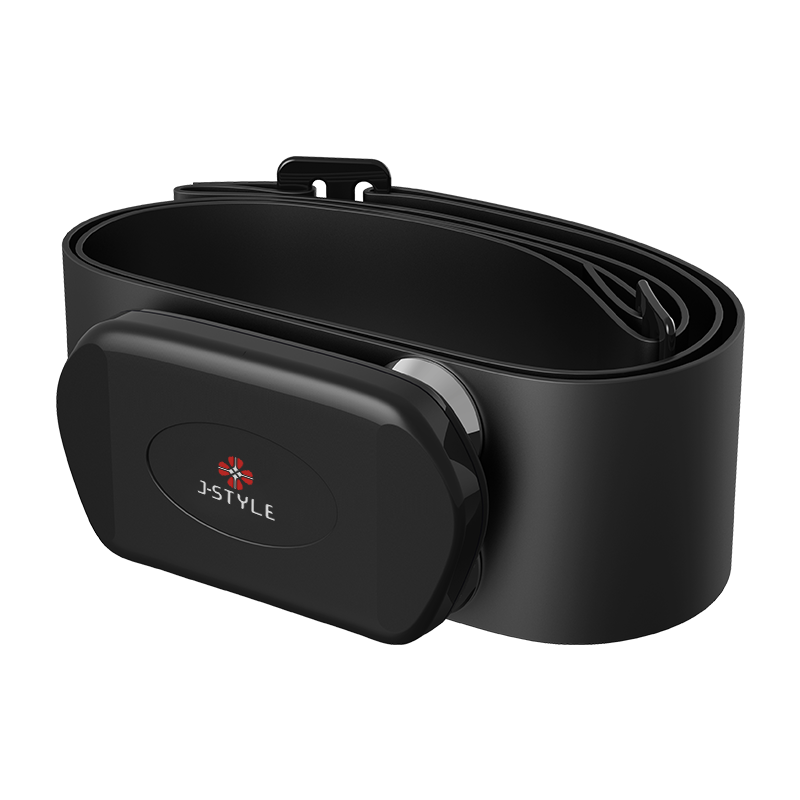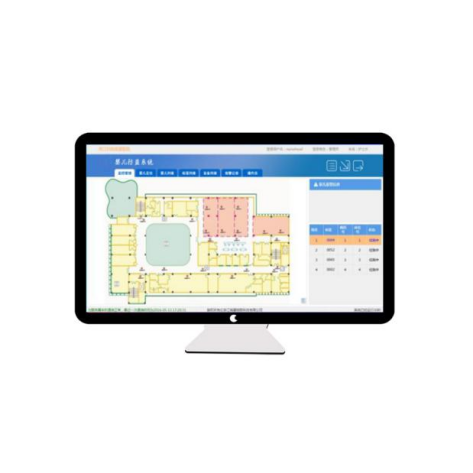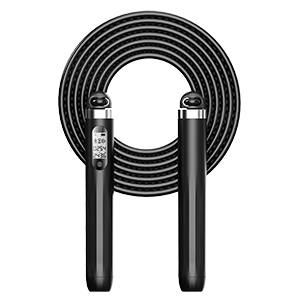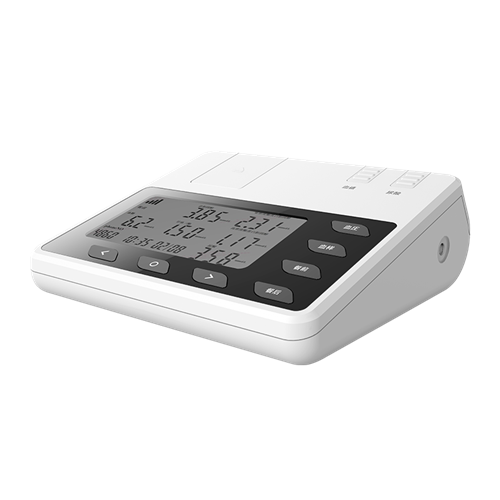The innovative role of smart ring temperature sensors in disease surveillance
Women's health management: from cycle prediction to pregnancy monitoring
1. Tracking menstrual cycle and predicting ovulation
Smart rings achieve accurate management of women's physiological cycles through continuous basal body temperature (BBT) monitoring. Products such as the Samsung Galaxy Ring have built-in high-precision temperature sensors (±0.1℃) that can detect temperature fluctuations of 0.3-0.5℃ before ovulation, and combine AI algorithms to predict the exact day of ovulation with an accuracy rate of 89.3%.
2. Early pregnancy identification and high-risk warning
Clinical studies have shown that basal body temperature in early pregnancy can remain elevated by 0.3-0.5℃ for over 18 days. The third-generation Oura Ring product uses a phase shift model of body temperature to detect pregnancy signs up to 9 days in advance. For complications such as preeclampsia, the temperature sensor combined with blood flow parameters can identify abnormal placental blood supply (triggering an alert when temperature fluctuation exceeds 0.8℃/h).
Chronic disease management: from passive monitoring to active intervention
1. Cardiovascular disease warning
The rate of change in peripheral temperature (ΔT/Δt) is strongly correlated with microcirculatory function (r=0.87, p<0.01). The smart ring can detect Raynaud's syndrome (a temperature difference of more than 2℃ between two fingers lasting over 30 minutes triggers an alarm) through fingertip temperature-blood flow coupling analysis. In MIT's clinical trials, this technology achieved a sensitivity of 92.4% for detecting microcirculatory disorders.
2. Monitoring of metabolic diseases
The temperature sensor works in conjunction with PPG technology to monitor the trend of blood glucose non-invasively by dynamically associating skin temperature with blood oxygen saturation (the error of blood oxygen detection decreases by 0.8% for every 1℃ increase in temperature). Products such as JCRing have been developed for blood glucose risk prediction.
Early warning system for infectious diseases
1. Fever screening and disease tracking
The smart ring can continuously monitor the surface temperature change and identify latent fever (body temperature>37.3℃ lasting 2 hours). The smart ring analyzes the slope of the body temperature curve through cloud AI to distinguish bacterial infection (daily body temperature fluctuation <0.5℃) from viral infection (fluctuation>1℃).
2. Assessment of inflammatory response
The local temperature increase was positively correlated with the level of C-reactive protein (CRP) (r=0.68). The Samsung patented technology can predict the risk of rheumatoid arthritis activity by comparing the temperature of multiple joints (e.g., the temperature difference between the index finger and ring finger>0.7℃).
Technological innovation and clinical value
1. Dynamic temperature compensation algorithm
The bidirectional LSTM network was used to process motion artifacts, and the measurement error in running state was reduced from ±0.8℃ to ±0.15%. The algorithm integrated 9-axis IMU data (100Hz) with skin thermal model (k=0.12 W/m·K) to achieve medical grade accuracy.
2. Multimodal data fusion
The Samsung Galaxy Ring constructed a stress index model (LF/HF>2.0 and temperature fluctuation>0.5℃/h to trigger an early warning) through the three-mode analysis of body temperature, heart rate variability (HRV) and exercise amount, which reduced the false alarm rate by 63% compared with the single-parameter model.
epilogue
The smart ring temperature sensor is breaking the boundaries of traditional health monitoring. Through material innovations (such as graphene composite NTC), algorithm optimization (deep learning compensation), and three-dimensional breakthroughs in clinical validation, it achieves a leap from "disease monitoring" to "health prediction." In the future, with the integration of quantum dot sensing technology and non-invasive molecular diagnostics, such devices are expected to become the "first line of defense" in personal health management.
